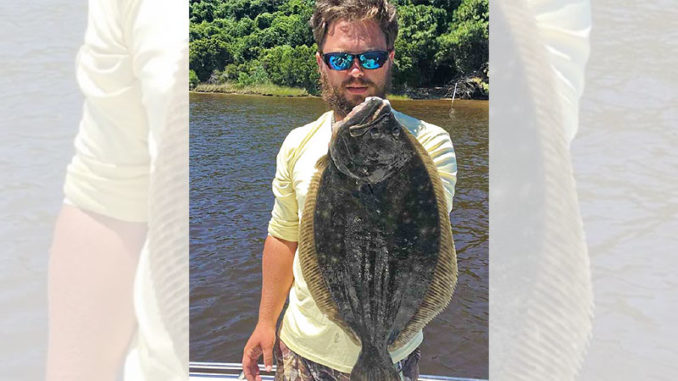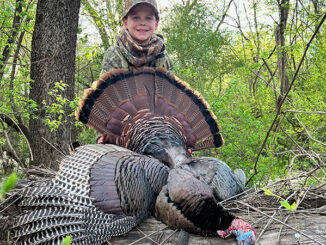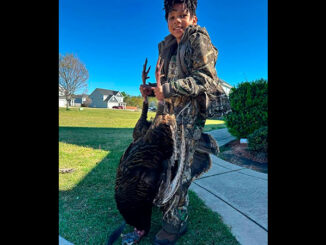
Flounder are on the prowl
As water temperatures rise toward summer levels this month, flounder skitter through inlets to inshore waters: bays, marsh creeks, rivers and sounds.
Millions of baitfish have already left the ocean for the safety of shallow-water hiding places and the food provided in acres of brackish and saltwater: oyster reefs, docks, bulkheads, pilings, islands and other structures.
Finger mullet show up inside in June and stay through early November. And flounder love them. And guides such as Matt Littleton target flounder.
“Last year, we had a lot of small flounder. So this year should be good,” said Littleton, of Friendly City Guide Service in Swansboro, N.C. “We catch flounder mostly when we fish for red drum. They stay in the same places and hit the same baits.”
With a 15-inch size minimum and four-fish daily creel, limits aren’t unusual, he said.
Flounder bite when the tide is rising
“The best time to fish is a dead-low, rising tide,” said Littleton (910-330-4764). “As soon as the tide starts to push up, flounder go with it.
“You’ll find them in areas that are ‘structury’ — anything man-made. They use (it) as ambush points. Flounders sit on the bottom near oyster beds and along the edges of inlets.”
One inside spot that mimics deep offshore structure is the State Port Wall at Morehead City, where baitfish must be dropped vertically 35 to 45 feet. The wall famously produces gigantic flounder but eats bottom rigs. Littleton uses 20-pound braid and 40-pound fluorocarbon leaders because of snags.
“I drop down a 2 ½-ounce bucktail with a 4-inch Gulp! shrimp, the same rig I’d fish deep offshore at artificial reefs or wrecks,” he said. “(Success) is a matter of anchoring your boat right and moving your lure around the bottom.”
In hot weather, flounder gather 2 to 5 feet deep around the edges of inlets, waiting for bait to be swept past by tidal currents.
Littleton’s go-to terminal tackle is a Carolina rig — a ½- to ¾-ounce barrel sinker and 6- to 8-inch leader of 20-pound fluorocarbon and a 2/0 or 3/0 circle hook.
Littleton’s biggest inshore flounder weighed 6½ pounds. The fish came from under “an old busted dock and hit a shrimp you’d normally throw away,” he said. “A hungry fish will eat any size baitfish.”
His best spots to find flounder are old structures, such as dilapidated docks or pilings that don’t receive a lot of boat traffic.
Gigging flounder is also fun and effective. Click here for tips on gigging.




